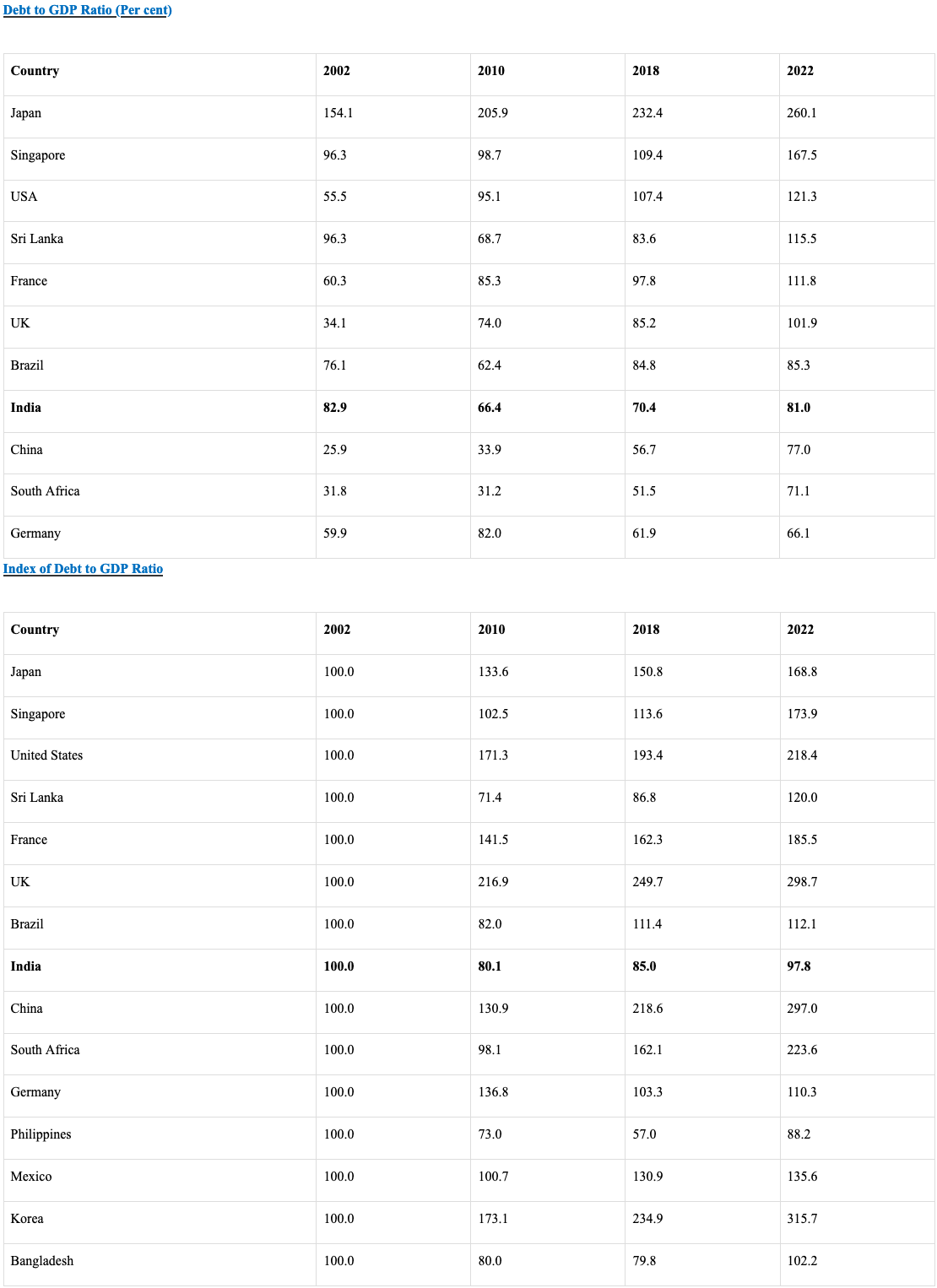
New Delhi: India’s Finance Ministry today sought to clarify the “factual position” vis-à-vis International Monetary Fund’s (IMF) Article IV consultations with India. The IMF in its latest Article IV consultations with India on December 18, 2023, made certain presumptions taking into account possible scenarios that, the Ministry claimed, “does not reflect factual position”.
The IMF Executive Board while concluding the 2023 Article IV Consultation with India, remarked that “While the budget deficit has eased, public debt remains elevated and fiscal buffers need to be rebuilt”. It warned that a sharp global growth slowdown in the near term would affect India through trade and financial channels. Further global supply disruptions could cause recurrent commodity price volatility, increasing fiscal pressures for India. Domestically, weather shocks could reignite inflationary pressures and prompt further food export restrictions.
According to Business Standard, the IMF cautioned that general government debt was likely to exceed 100 per cent of India’s gross domestic product (GDP) in the near future.
The Finance Ministry today clarified that “among the various favourable and unfavourable scenarios given by the IMF, under one extreme possibility, like once-in-a-century COVID-19, it has been stated that the General Government’s debt could be “100 per cent of debt to GDP ratio” under adverse shocks by FY2028. It talks only of a worst-case scenario and is not fait accompli”.
The Ministry stated that similar IMF Reports for other countries show much higher extreme scenarios for them. The corresponding figures of ‘worst-case’ scenarios for the USA, UK and China are about 160, 140, and 200 per cent, respectively, “which is far worse compared to 100 per cent for India”. It also pointed out that the same IMF report indicates that under favourable circumstances, the General Government Debt to GDP ratio may decline to below 70 per cent in the same period. “Therefore, any interpretation that the report implies that General Government debt would exceed 100% of GDP in the medium term is misconstrued,” it asserted.
The Finance Ministry further made the following clarifications:
- General Government Debt includes the debt of both the Centre and the State Governments.
- The General Government debt (including both State and Centre) has steeply declined from about 88 per cent in FY 2020-21 to about 81 per cent in 2022-23, and the Centre is on track to achieve its stated fiscal consolidation target (to reduce fiscal deficit below 4.5 per cent of GDP by FY 2025-26). The States have also individually enacted their Fiscal Responsibility Legislation, which is monitored by their respective State Legislatures. Therefore, it is expected that the General Government debt will decline substantially in the medium to long term.
- General Government Debt in India is overwhelmingly rupee-denominated, with external borrowings (from bilateral and multilateral sources) contributing a minimal amount. This has been highlighted in the IMF Report. Domestically issued debt, largely in the form of government bonds, is mostly medium or long-term with a weighted average maturity of roughly 12 years for central government debt. Therefore, the rollover risk is low for domestic debt, and the exposure to volatility in exchange rates tends to be on the lower end.
- The shocks experienced this century by India were global in nature, e.g., the global financial crisis, Taper Tantrum, COVID-19, Russia-Ukraine War, etc. These shocks uniformly affected the global economy and barely a few countries remained unaffected. Therefore, any adverse global shock or extreme event is expected to unidirectionally impact all the economies in an interconnected and globalized world.
- A cross-country comparison shows that India has done relatively well and is still below the debt level of 2002.
– global bihari bureau






